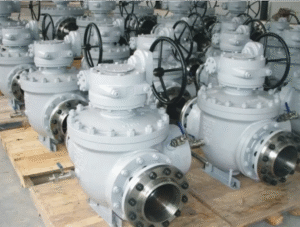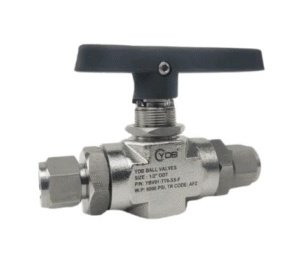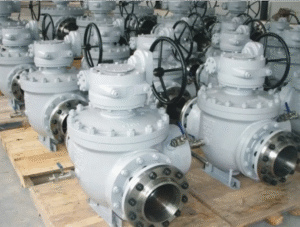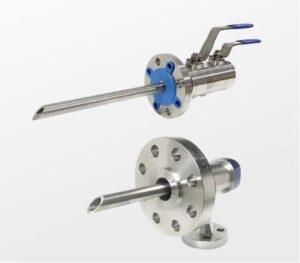A needle valve is a particular type of valve, one with a narrow port and a needle-shaped plunger within the port’s confines that travels up and down. The precision is achieved through the fine movement of the shaft, which enables the gearbox to move the piston tube in sliding motion towards opening or closing position, depending on the requirements from the control system.
How Does the Needle Valve Function?
As a broad valve family member, the needle valve has played a significant role in progressively and eventually shutting off the flow. Various needle valves control the amount of a material released by flow, pressure, and direction. They are, therefore, the essential components of most industrial processes. The specific component of the valve itself is the structure that has been elaborately built, including the point design. Great favours have been given to the design of several components of the needle valve. Take the sections called the valve stem and seal, for example, at this stage. These fittings, no matter what, needle valve manufacturers ensure they lead to the entire equipment’s efficiency.
The valve stem is the part of the valve itself that is important. It is specially built to ensure accurate control of the flow. Various valve stems with thin threads usually are made. In general terms, threads in delicate, coarse, wetted, and non-wetted styles are the most common forms. And the seal is also an integral part of the valve for the needle. If the seal is not good enough, it will result in poor performance of the whole equipment, even failure to operate. There are also certain types of seals available. There are typically three styles. They are the plastic to metal type, metal to plastic, and metal to metal type. There are outstanding characteristics of each type. For example, in gas molecules, the plastic-to-metal seal is very common due to its valued scalability and reliable tightness.
In short, for the entire output of the needle valve, all components are responsible. Consequently, they may be used to monitor liquid or gas flow and protect fragile gauges.
They have been specifically designed to regulate the flow of liquid or gas to be gradually regulated and finally shut down. In delicate gauges, these valves will regulate the liquid flow. Here are the following points you need to understand before choosing a visiting needle valve supplier.
Factors to Consider When Looking For Needle Valve
Pressure Rating
The needle valve seat is designed to precisely suit the needle. It also provides a seal that works at high pressure. The explanation of why a Needle Valve can withstand so much pressure is its size and shape. When the same flow of gas or fluid is required, these valves work well. For different pressure ratings, different kinds of needle valves are made. A needle valve that can withstand high pressure should be chosen.
Valve Size
The valve size and end link options are essential to remember. With male and female connecting ends, you can also achieve the above pressure rating. A leak-free pipe system will be guaranteed by choosing the right valve size.
Operating Temperatures
The Needle valve needs to operate efficiently in a variety of roles, like any other variable. Choosing the right needle valve from a needle valve supplier is critical because temperatures in some industrial settings can be high. It’s the packaging that can decide the temperature it can handle in the needle valve.
Your pipe and tubing system’s efficiency depends a lot on needle valves. So, you cannot overlook its meaning. Understanding these points above would assist in making the correct decision.





